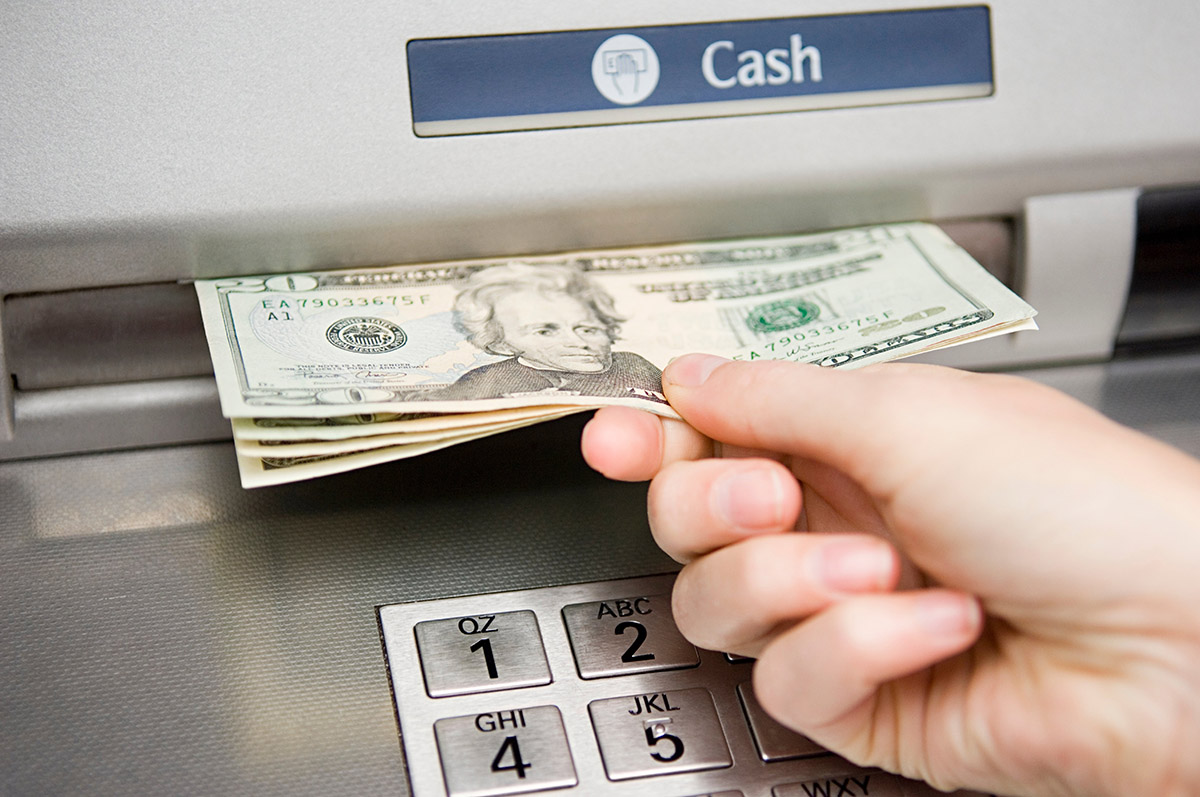Home>Finance>Safe Haven: Definition And Examples In Investing


Finance
Safe Haven: Definition And Examples In Investing
Published: January 23, 2024
Learn what a safe haven is in finance and discover examples of safe haven investments. Protect your portfolio with these reliable and stable assets.
(Many of the links in this article redirect to a specific reviewed product. Your purchase of these products through affiliate links helps to generate commission for LiveWell, at no extra cost. Learn more)
Welcome to the World of Safe Havens in Finance!
When it comes to investing, one of the most crucial aspects is understanding how to protect your hard-earned money. In times of economic uncertainty, investors often seek out safe havens, which are investment options that are considered relatively stable and less risky compared to others. But what exactly is a safe haven in finance, and what are some examples? Let’s dive in and explore the concept together!
Key Takeaways:
- A safe haven is an investment option that is considered relatively stable and less risky during times of economic uncertainty.
- Safe havens typically include assets such as gold, government bonds, and cash.
In its essence, a safe haven is like a financial shelter that provides protection for investors when the stormy weather of market volatility hits. It is a place where investors can seek refuge to minimize potential losses and preserve their capital. Safe havens are characterized by their ability to maintain or increase their value even when other investment options experience significant fluctuations. But what are some examples of safe haven assets?
1. Gold: Gold has long been considered a safe haven asset in times of economic uncertainty. Its value often rises when the stock market is under stress or when inflation is a concern. Investors turn to gold as a store of value, as its worth tends to withstand market turbulence.
2. Government Bonds: Government bonds, particularly those issued by stable countries with strong credit ratings, are often perceived as safe havens. These bonds provide fixed returns and are generally considered low-risk investments. During times of market turmoil, investors flock to government bonds, seeking the stability they offer.
3. Cash: Holding cash in times of uncertainty is a conservative approach that some investors choose. Cash provides immediate access to liquidity, allowing investors to capitalize on other investment opportunities that may arise during market downturns.
Safe havens can vary depending on the economic climate and the perception of risk within the market. Some other examples of safe havens include high-quality corporate bonds, certain currencies known for stability, and even real estate in certain cases. It is important for investors to research and diversify their portfolios with these safe haven options to mitigate risk and safeguard their investments.
While safe havens can offer a sense of security during turbulent times, it is essential to note that no investment is entirely risk-free. It is crucial to understand the potential drawbacks and limitations of safe haven assets and consult with a financial advisor to devise an investment strategy that aligns with your financial goals.
So, the next time you’re faced with economic uncertainty, remember the concept of safe havens. They can act as a protective shield for your investments, helping you weather the storm with confidence and peace of mind.
Stay tuned for more insights on financial topics to empower your understanding of the ever-evolving investment landscape.














